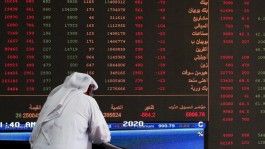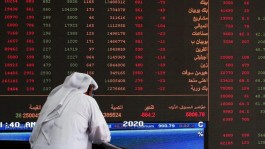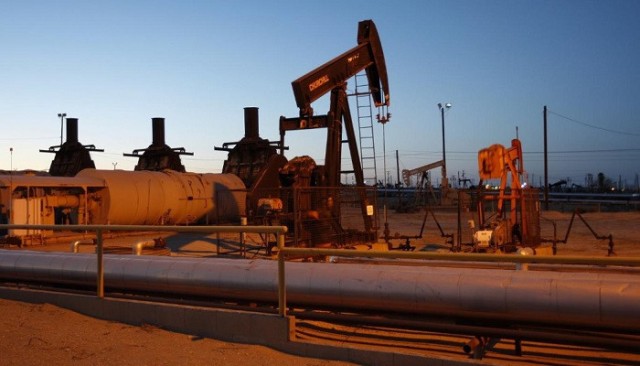"The wave of optimism of all global financial markets last month thanks to its benefit from the continued procedures for reopening economic activities in light of relieving precautionary measures to contain the pandemic in both the United States and Europe In conjunction with the issuance of optimistic economic data and indicators indicating that the authorities are not in a hurry to reduce stimulus and financial support policies despite fears of inflation.
The Standard & Porz Index rose 1.9% since the beginning of the month until mid-June, while the Treasury bond yield remained for 10 years lower than the peak levels in March 1.58%. Oil prices have also achieved strong gains. Brent crude is exceeded $ 70 a barrel amid optimism on demand and tighten OPEC for supplies.
Despite the availability of positive factors widely, the global economy has not yet come out of the danger department with regard to pandemic and growing pressure on developing countries that have fewer opportunities For funding and vaccines, as the leaders of the Group of Seven States pledged to deal with low-income countries by providing low-income countries at least 1 billion vaccines to try to end next year, although the quantity is much less than 11 billion doses to be met Of the International Health Community.

The recovery of the US economy pays inflation for the highest levels recorded in several years
The PMI has jumped at a record 64.0 in May thanks to strong requests and the long-term delivery period, surpassing his first manufacturing counterpart During the economic recovery period after the pandemic. The data are optimistic, recalling the possibility of registration of gross domestic product again in the second quarter of 2021, which may reach 9% (on an annual basis) after a 6.4% rise in the first quarter, which will make a level Economic growth is much higher than pre-pandemic levels.
However, the recovery of the labor market - which is important for policies as well as to maintain consumer spending - still goes at a certain place compared to production. The non-agricultural job data was disappointing again in what ...











































